“There are more things in heaven and earth, Horatio, than are dreamt of in your philosophy.” I’m an astrophysics student, so feel free to ask me questions about the images I post (or other space related topics) and I’ll do my best to get you an answer!
Don't wanna be here? Send us removal request.
Text
They’re actually both from Webb! It can capture images across various parts of the light spectrum.
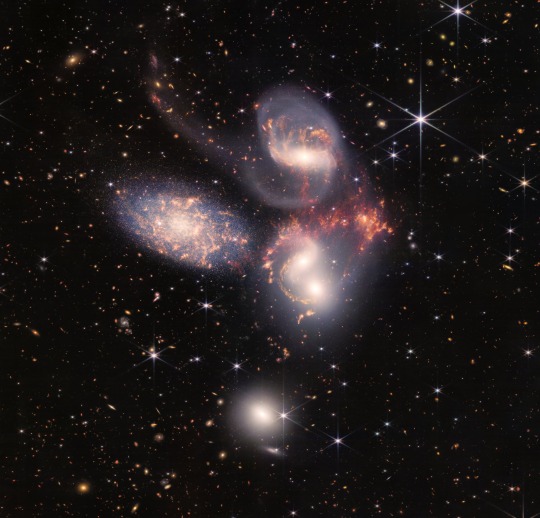
A new image of Stephan’s Quintet from the James Webb Space Telescope, with the mid-infrared view here:
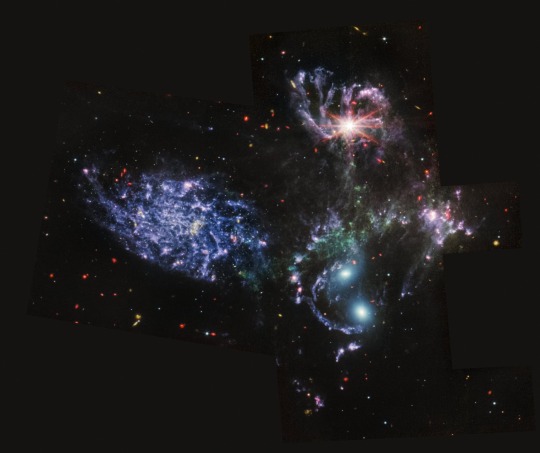
379 notes
·
View notes
Note
How many milky ways are in our Galaxy?
Our galaxy is the Milky Way, so it’s exactly 1 by definition - but there are at least 100 billion stars in the Milky Way and many of those must have stellar systems very like our solar system.
In the Universe as a whole, there are an estimated 100 billion to 200 billion galaxies, which will all have billions and billions of stars!
14 notes
·
View notes
Text
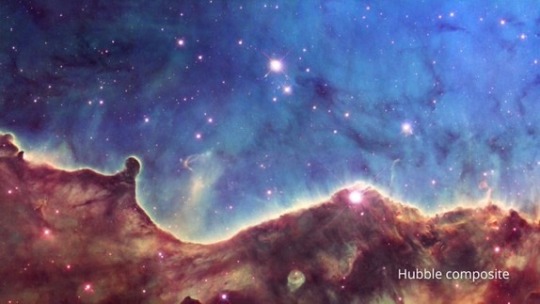
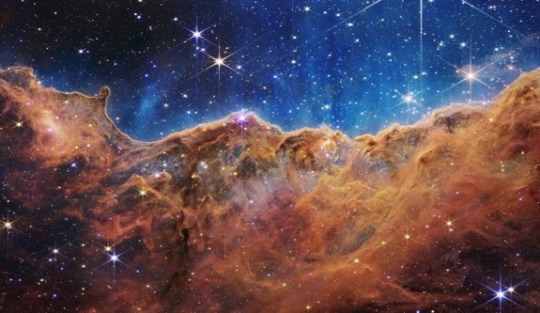
A comparison of the Hubble and James Webb images of the “Cosmic Cliffs” of the Carina nebula
#space#astronomy#astrophysics#astrophotography#nasa#telescope#nebula#hubble#hubble space telescope#james webb update#james webb#james webb space telescope#I will not hear a bad word about Hubble! don’t do it!
7K notes
·
View notes
Text

A new image of Stephan’s Quintet from the James Webb Space Telescope, with the mid-infrared view here:

#space#astronomy#astrophysics#astrophotography#nasa#telescope#james webb update#james webb#james webb space telescope
379 notes
·
View notes
Text

The Southern Ring nebula, captured by Webb’s NIRCam and MIRI instruments.
#space#astronomy#astrophysics#astrophotography#nasa#telescope#nebula#james webb update#james webb#james webb space telescope
38 notes
·
View notes
Text
What that James Webb image really means. Full video here:
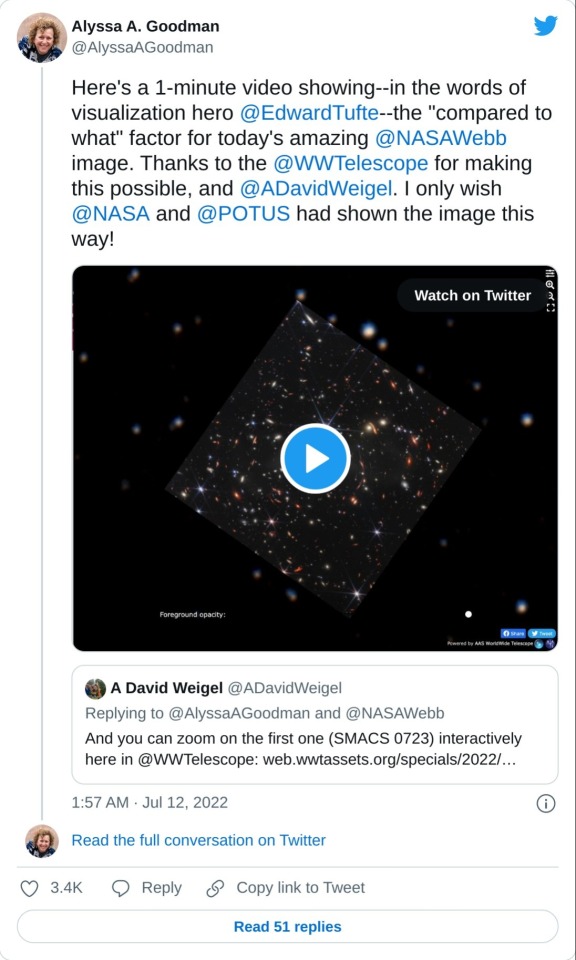
#space#astronomy#astrophysics#astrophotography#nasa#telescope#james webb update#james webb#james webb space telescope
7K notes
·
View notes
Text

The deepest and sharpest infrared image of the early universe ever taken, this is the first image to be released from the James Webb Space Telescope (released 11th July 2022)
#space#astronomy#astrophysics#astrophotography#nasa#telescope#james webb space telescope#james webb#james webb update
98 notes
·
View notes
Text
The launch of the James Webb Space Telescope went perfectly! It’s still a month before it will be in position, and 6 months before we get any pictures back, but this is a crucial step in a journey 25 years in the making.
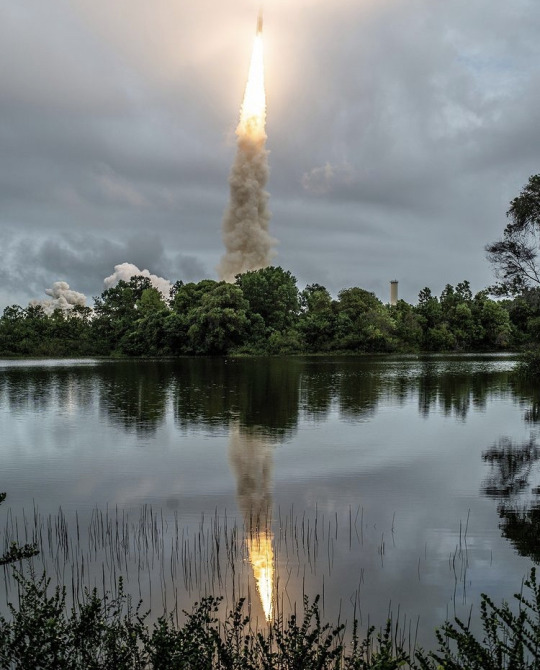
Image credit: NASA/Chris Gunn
96 notes
·
View notes
Text
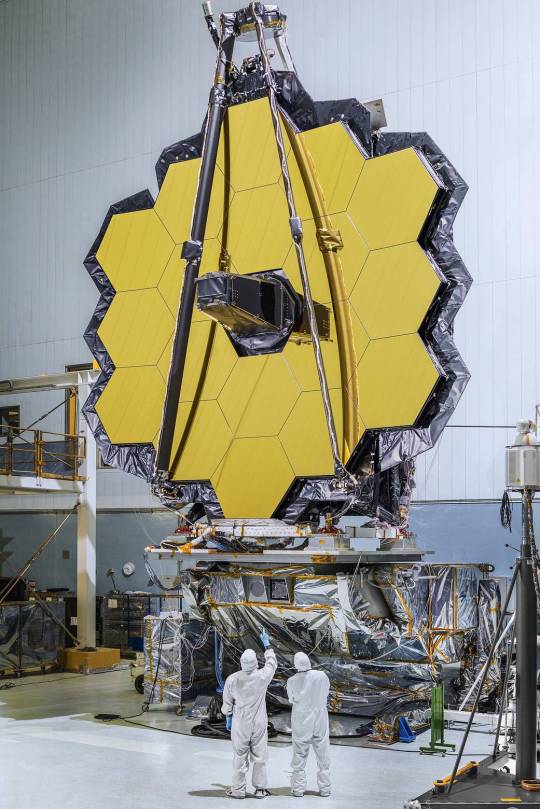
Ever wanted to look back in time? This week, we’re launching a kind of time machine – a telescope so powerful it will help us see back some of the first stars and galaxies made after the Big Bang.
The James Webb Space Telescope is the largest and most advanced telescope we’ve ever put in space. With revolutionary technology, it will study 13.5 billion years of cosmic history and help humanity understand our place in the stars.
Tomorrow, Dec. 25, at 7:20 a.m. ET (12:20 UTC), the Webb Telescope is set to launch from French Guiana, beginning a 29-day journey to a spot a million miles away.
How to Watch:
In English:
Dec. 25
Live coverage starts at 6:00 a.m. ET/11:00 UTC
Facebook, YouTube, Twitter, Twitch
In Spanish:
Dec. 25
Live coverage starts at 6:30 a.m. ET/11:30 UTC
Facebook, YouTube, Twitter
youtube
Once Webb launches, the journey has only just begun. The telescope will begin a 2-week-long process of unfolding itself in space before settling in to explore the universe in ways we’ve never seen before.
Follow along on Twitter, Facebook and Instagram and with #UnfoldTheUniverse.
#nasa#space#astronomy#science#space exploration#james webb launch date#james webb space telescope#telescope
6K notes
·
View notes
Text
Today (18th. February, 2021), NASA’s latest rover, Perseverance, touched down safely on the surface of Mars!
Perseverance will spend at least the next two years drilling down into rocks to search for evidence of past life.
Here’s the first picture it sent back to Earth:
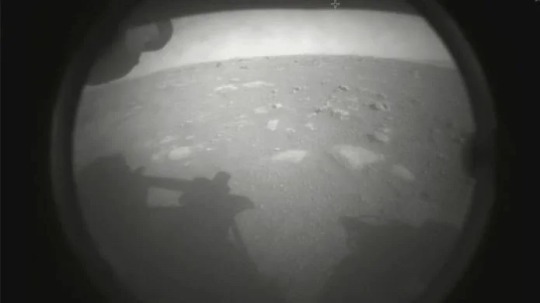
154 notes
·
View notes
Text
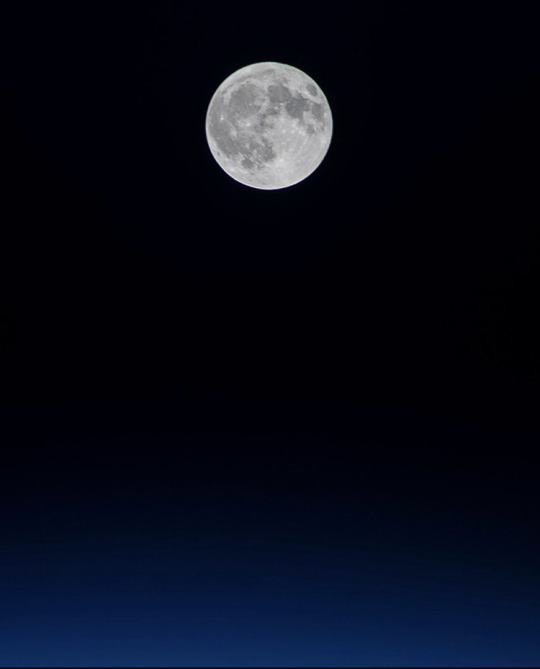
Humanity is going back to the moon!
Today (9th. December, 2020), NASA announced the first 18 astronauts involved in the Artemis programme, which will see the first woman and the next man on the moon.
Meet the team here:
https://www.nasa.gov/specials/artemis-team/
#nasa#moon landing#artemis#nasa artemis program#nasa artemis#space travel#astrophysics#astrophotography#stars
100 notes
·
View notes
Text
instagram
24 notes
·
View notes
Text
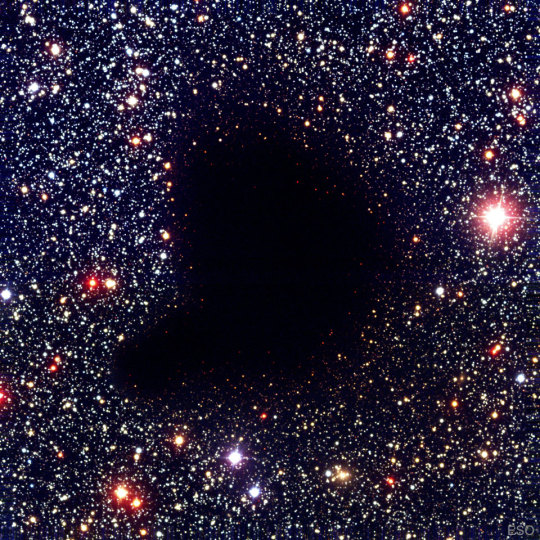
Dark molecular cloud Barnard 68
This may look like a hole in the sky, but it’s actually full of dust and molecular gas, packed so densely that it absorbs almost all the visible light from background stars. The interiors of dark molecular clouds are among the darkest and coldest places in the universe.
315 notes
·
View notes
Text
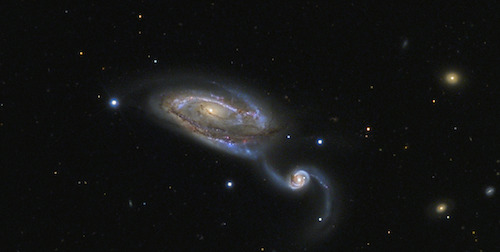
Two spiral galaxies in the early stages of collision
80 notes
·
View notes
Text
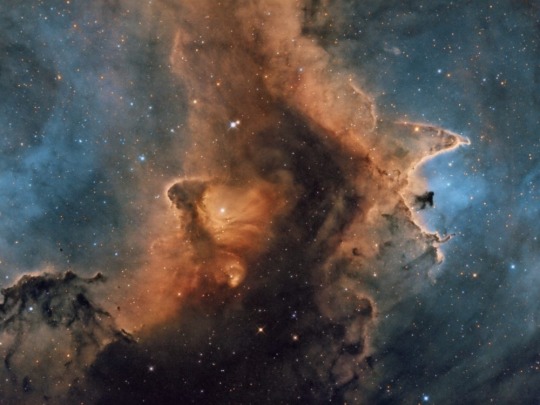
Westerhout 5, the Soul Nebula
#space#hubble#nasa#nebula#stars#soul nebula#hubble space telescope#astronomy#astrophotography#telescope#astrophysics
210 notes
·
View notes
Photo
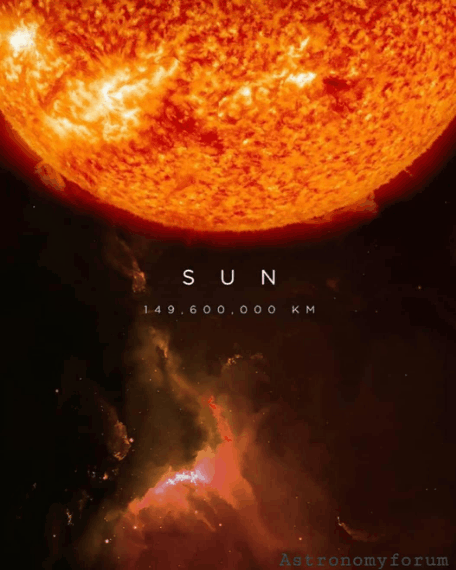
#astronomy#astrophotography#nasa#space#planets#solar system#mercury#venus#mars#jupiter#saturn#uranus#neptune#pluto
198 notes
·
View notes
Text
That’s right! We now think that, under the ice, pretty much the entire moon is covered in liquid salt water.
There are four massive cracks near the south pole where water can escape, and the conditions are just right that it reaches its ‘triple point’ - the water freezes and boils at the same time and erupts out of the cracks.

The ice fountains of Enceladus, taken by Cassini
428 notes
·
View notes